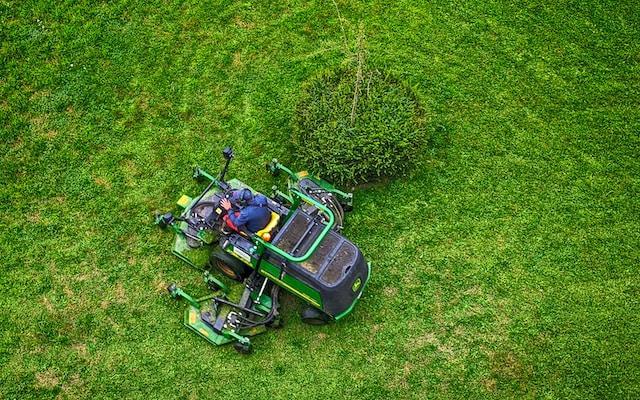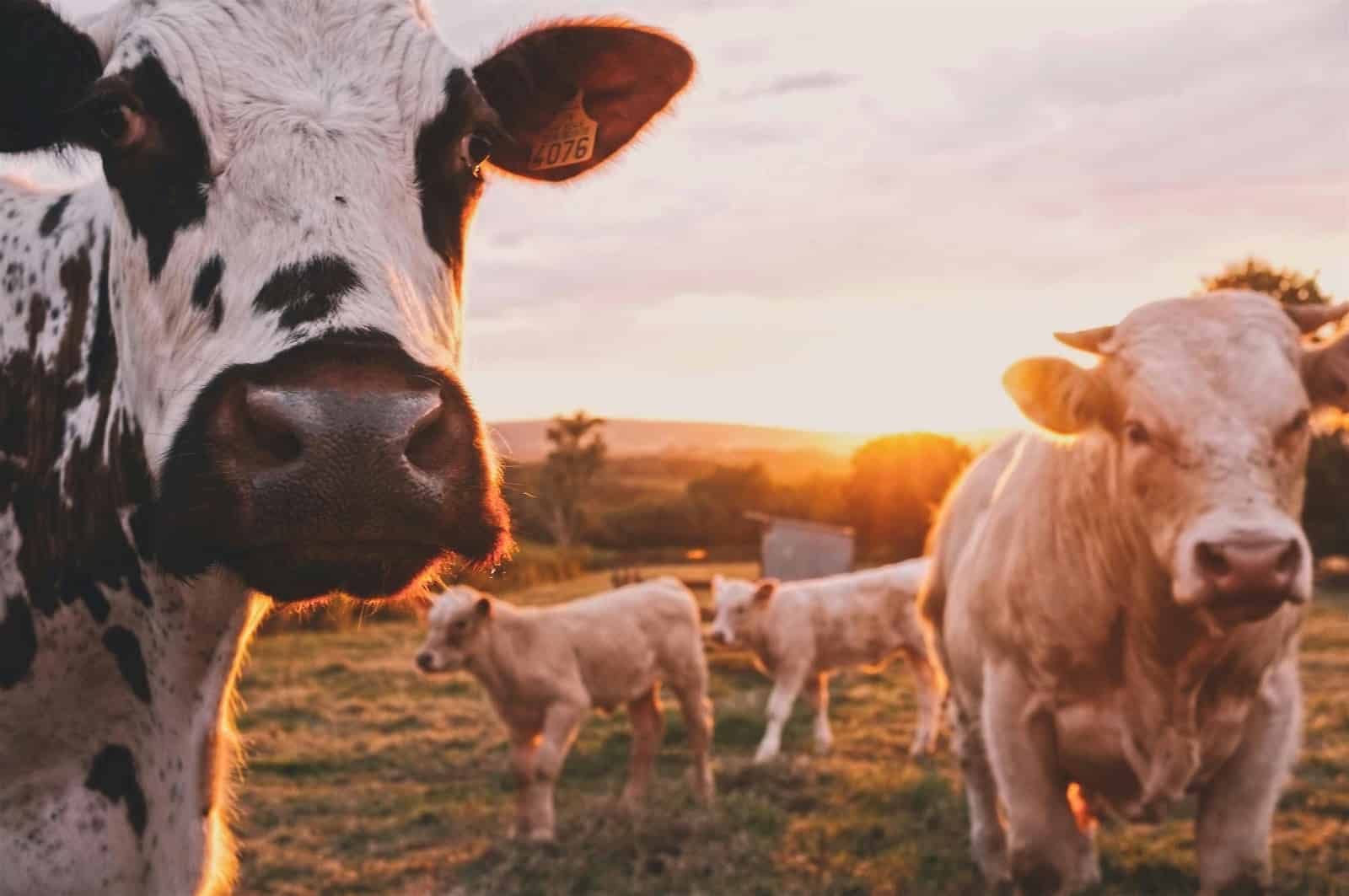The most significant advantage of watering your lawn at night is that you save water while maximizing your turf’s absorption capabilities without the sun’s continual heat. Watering late at night, on the other hand, can increase disease in an unmanaged lawn.
Although good turf may not show signs of illness from nightly watering, irrigation should be done in the morning to minimize long-term grass damage. The best time to water your grass is in the morning or afternoon, depending on the season.
It’s all too easy to let some duties fall by the wayside when you’re under the stress of a busy schedule, and watering the grass is one of them. While this may appear to be a minor task, it is critical for gardeners, especially if they want to keep their grass in good shape.
That isn’t to say you shouldn’t cram this activity in whenever you can. There is a time and a place for everything, and watering your lawn late at night could get you in trouble.
Table of Contents
What Is The Best Time To Water The Lawn?
Because most grass species grow best in full-sunlight areas, lawns must undergo afternoon heat stress during the spring and summer. Irrigate your lawn early in the morning to help your grass withstand the lengthy afternoon sun. Because the wind and sunshine are limited at that time of day, evaporation loss is slight.
Plants also absorb water more quickly in the morning than in the afternoon.
Grass retains its green color and upright stance throughout the day, thanks to the absorbed water. During the winter months, watering the lawn in the morning or afternoon is beneficial because if a freezing night is expected, daytime watering allows the moisture to seep into the soil and protect the grass from frost damage.
Why Don’t You Water The Lawn At Night?
Watering your lawn at night is indeed more convenient, but it is also damaging to your grass. The sun isn’t around to help evaporate the water when you water your lawn at night. But, doesn’t the sun evaporate the water sound like a terrible thing? If you want to keep your grass healthy, you’ll need to maintain a balance when watering it.
Water your lawn thoroughly enough. So, the water soaks six inches into the earth, which is how deep the grassroots is going. It’s easier to get the water to sink that deep when it’s not hot outside, but as you can guess, a lawn soaked in six inches of water night after night isn’t ideal.
As a general rule, the longer you wait, the worse your garden will suffer. Evening lawn watering encourages the growth of mildew and fungus, as well as attracting pests. Overnight, water can cling to grass blades, causing lawn illnesses and turning your precious property into a patchwork mess.
How Often You Should Water The Lawn?
This is crucial since sandy soils should be watered every three days or so, whereas clay soils only need water once a week. Are you’re not sure what kind of soil you have? It’s no problem.
There are several simple ways to test it, including some do-it-yourself options. It’s just as vital to know how long to water your grass each time you do it as it is to know how often. Ideally, you should leave the water running long enough for the liquid to penetrate the soil six inches deep.
It’s worth mentioning, though, that watering your grass isn’t required. Lawns can withstand much abuse. Lawns that have been well-established and well-cared-for can go dormant for weeks without water and then revive once the rain returns.
Lawn Watering And Turf Management
Water absorption is hampered by compacted soil and a thick thatch layer of decaying stems and foliage, leading to puddling on the grass turf’s surface. Watering a lawn with poor soil at night can suffocate grassroots and invite disease into the wet regions.
By removing some soil cores from the ground, aerating the soil rejuvenates grass by improving moisture and oxygen access.
You can reduce the puddling and illness in the case of aerated soil, and water is moved to lower portions of the soil where roots may absorb it. Aeration also helps to remove thatch, allowing for better water absorption during morning watering.
Use A Timer To Calculate Or Check The Water Flow
Choose a timer that can track hundreds of gallons of water flow. To calculate the total number of gallons needed for the entire lawn, multiply the square footage by gallons equivalent to an inch of water per square foot. You may notice that your grass isn’t absorbing water as rapidly as it should when you water it.
If you notice that your watering causes puddling, consider watering in shorter cycles until the time required to apply the required volume of water is met.
Smart Watering System Is The Best Thing To Consider For The Lawn
Innovative watering systems come in various configurations, with the majority of them integrating with in-ground sprinkler systems. Many of them feature controllers that let you plan to water with your smartphone and use real-time weather data to automate watering, so you don’t have to do it yourself.
Morning Is The best Time For Lawn Watering
It’s early in the day! If you know the day will be hot, the best time to water your lawn is early in the morning when the temperature isn’t too high to cause the water to evaporate too quickly, but not too cool to cause the water to stagnate in your grass, which is terrible for it.
You can still water your lawn in the middle of the day without harming it, but if you want to get the most out of your water and allow your grass enough time to soak it up, early in the morning is ideal.
The best thing you can do for your lawn to maintain it as healthy and robust as possible is to wait until it actually needs it before watering. As your roots search out water, a tiny bit of stress should stimulate them to grow deeper, strengthening them.





